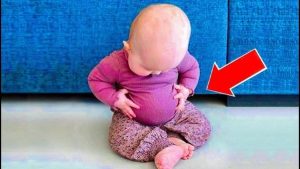The “boobaversary” of Alix Earle’s breast augmentation, which she celebrated earlier this year, has fueled a demand among Gen Z users on TikTok for breast implants. My concerns about boob-related aesthetics are different because I belong to an older age group. Surgery was more frequently considered for lifting than for volumizing, and I anticipated getting a breast lift in my 40s to address drooping.
My doctor prescribed an anti-inflammatory diet to me when I was in my 20s to treat an autoimmune problem. My health improved after cutting off gluten and dairy from my vegetarian diet, but my breasts dropped. Nonetheless, I was unconcerned for years since I liked the way they looked.
By my 30s, gravity and the deterioration of skin elasticity contributed to the volume reduction in my breasts becoming more noticeable as everything slid downhill. My breasts had shrunk in size, and according to board-certified plastic surgeon Robert Cohen, MD, their extra “stretchy” skin made them more susceptible to sagging. I was content with the form at the bottom but yearned for the top’s equivalent fullness.
I was aware that implants were not a good choice for my aesthetic standards, and Dr. Cohen made it clear that they would exacerbate any sagging in my case. More crucially, the genetic MTHFR mutation and my history of autoimmune disease are two big risk factors for developing breast implant illness (BII). I then started looking at options.
The “vampire breast lift,” which uses regenerative platelet-rich plasma (PRP) injections for minor reshaping and more collagen, is on the less invasive end of the range. The gold standard for natural breast augmentation is fat transfers, which are another option.The latter are likewise discreet, enlarging the breasts by anywhere from a half-cup to a full cup size every operation, and they endure permanently, as opposed to implants, which need to be changed.
Fat transfers to the face are often carried out by board-certified plastic surgeon Amir Karam, MD, who claims that they have been practiced for 40 to 50 years. “It’s intriguing since it’s natural and permanent, making it the best volume replacement technique now available. Not enough surgeons have truly incorporated it into their practices.” The fact that it is essentially your own fat (as opposed to a foreign body like an implant) means that there is no chance of rejection or inciting an autoimmune reaction, he continues.





